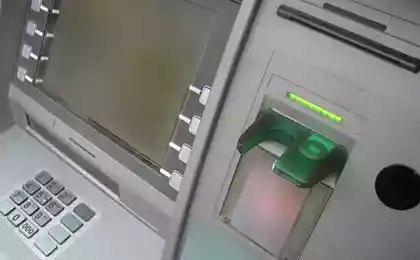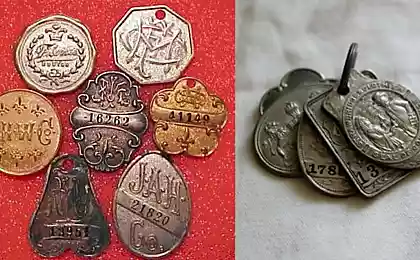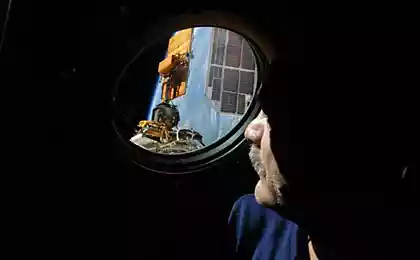866
What we know about ATM machines?

To win almost all the continents and become familiar attribute streets, ATMs took almost 40 years. Their glorious history began in the '60s, when the world has become a little accustomed to credit cards. The problem of queues and the inability to get their money in bank branches over the weekend demanded solutions. It was simple and elegant - automatic mini-branches, replacing a rack with the cashier.
June 27, 1967 in London, was installed the first ATM. Recently, its developer John Shepherd-Barron was awarded for his invention of the title of officer of the Order of the British Empire. Learning of this, 79-year-old inventor said that the award "a little late, but better late than never!»
The first such unit belonging to the bank Barclay`s, was established in 1967 in London. On the part of the bank's ATM installation was quite a risky move. The fact is that the idea of ATMs reacted positively to everything except the bankers. They believed that the communication with the customer in the bank teller can not be replaced by a simple delivery of cash. Indeed, in the process of communicating the customer may be offered or impose any additional services. In addition, the machine could not verify the consistency of the client, as it is required to do a bank teller. ATM itself seemed to them very expensive - $ 18 thousand., And the safety of money in it - not obvious.
Manufacturers of ATMs did everything to prove otherwise. They conducted a study that found that tellers at the bank and do not think to discuss with clients new services, because not interested in the formation of the queue. Safety Guarantee steel hull thickness of 1, 6 cm, for opening of which a thief would require a gas burner and eight hours. A planned investment to recoup popular invention. ATMs are advertised as branches of the bank, you can receive money around the clock. For example, Bank of Chemical, which put an ATM later Barclay`s, touting it as follows: "Our branch will open its doors tomorrow at nine in the morning and does not close them never!».
The main problem - to check the creditworthiness of clients - at first not been resolved, but the pioneers Barclay`s Chemical and still have not lost. The popularity of ATMs grew rapidly, despite the fact that the first samples were fairly primitive, and perform only one function - the issuance of cash in exchange for a voucher. Checking Accounts decided to limiting the number of withdrawals - 10 pounds.
In 1973, a new stage of development of ATM - an electronic teller and electronic bill in the form of a plastic card found each other, and their union refrained computerization of ATMs, which now have been linked in a network with the bank and account data. Computerization also enabled ATMs to expand its operations: the issuance of money added account statements and transfer funds. In fact, ATMs have become small banks, and in this form they have won virtually the entire world. In the world today there are about 1, 325 million cash machines, half of them - in Europe. Russia and Eastern Europe - one of the most promising markets for the companies that manufacture ATMs. In Moscow, the first ATM belonged Most Bank, Vladimir Gusinsky. It was installed in 1994 at the grocery store "Novoarbatsky." According to eyewitnesses, people were shocked - "box with money and without protection." But nothing, and then accustomed.





















